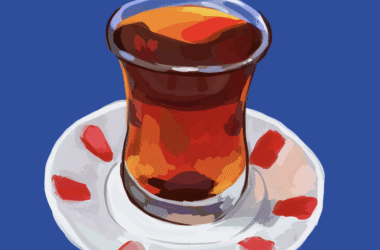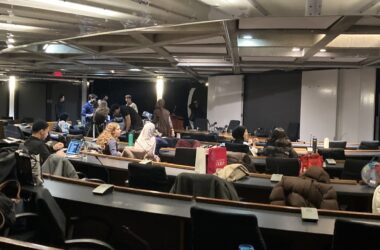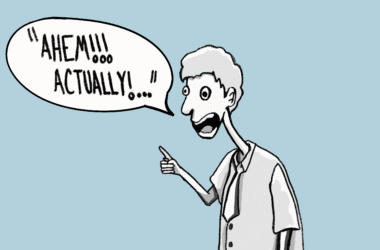 Noah Caldwell-Rafferty
Noah Caldwell-Rafferty Ryan Reisert
Ryan Reisert“Is it religious, what you’re doing?” I asked the young man who had just finished a stint of standing meditation in a plaza off of de la Gauchetière Street. His fellow practitioners milled about nearby, either preparing for another session or taking a well-deserved rest.
“Not at all!” he answered, eyes widening. He gestured to the pamphlet he was holding, on which the words truthfulness, compassion, and forbearance were written under the title Falun Dafa. “These are what we look for, and there’s no religion about it.” He and his companions are there almost every day, their eclectic practice blending perfectly into the surroundings. This is Chinatown, where the smell of dumplings, spring rolls, and medicinal herbs from storefront apothecaries take over as downtown Montreal fades away.
Chinatown’s business hours are later than most because of its tourist status, and you can feel it. At 7 p.m., de la Gauchetière was still brimming with people. BMX bikers playfully twirled nearby and a palm reader in a black track suit attracted clients with a singing doll. But despite the area’s tourist hours, the passing street-folk were almost exclusively Chinese; residents buzzed in and out of small family-owned grocery stores, grabbing last-minute dinner necessities.
Chinatown used to be a Jewish neighborhood. At the end of the 19th century, Yiddish-speaking immigrants created an enclave of synagogues, libraries, and theatres, becoming the unrivaled centre of Montreal’s Jewish culture for several decades. But true to the urban habit of new arrivals clustering together, Chinese immigrants began settling in the same area. A Chinese Masonic Temple sprang up, parades began to frequent Dorchester Street (René- Levesque today), and the Beth David synagogue became a Chinese Presbyterian church.
The Chinese population grew rapidly in the 20th century. The community absorbed both new immigrants from China and those coming from Vancouver. Small businesses opened, and eventually the neighborhood became immovable, encircled by four paifang (gates) on every side. Chinatown’s growth was not without its setbacks, however. From the 1970s onward, it felt the brunt of Montreal’s redevelopment, and several acres were taken for city projects, including the colourful Palais des Congrès.
Now geographically smaller, the community continues to evolve. Recently, the younger generation has begun to open businesses more concurrent with 21st century urban life—bubble tea shops and glitzy lounges with sleek black leather couches.
Despite these new establishments, Chinatown remains unadulterated. There is a timelessness that percolates through the streets, the same low hum found in a small Quebec parish, a farming town in Nebraska, or any place where families stay for generations. A distinct way of life is preserved in these families’ every day habits, and the term “local business” isn’t just a marketing ploy. However, every town has its odd duckling, and Chinatown’s is Johnny Chin.
Tucked away in a tiny stall, Chin sells dragon beard candy from a counter seven days a week.
“I’ve been doing it for 21 years now,” he says, “Just look.” On the wall is a smattering of newspaper articles chronicling his unique talent over the years. Dragon beard is a powdery vanilla-coconut treat that melts in your mouth, revealing a peanutty interior. Chin is the only one in Montreal making it, a feat all the more impressive considering that Chin’s brother had to bribe one of the few remaining masters in Hong Kong for the recipe.
Chinatown grew in order to provide sanctuary for Chinese Canadians. Today, this is still the case. As my meditative friend told me, “Many who do Falun Dafa in China are persecuted by the Communist Party. There have been executions.”
With that he smiled and looked gratefully over the ground where he and others peacefully stand and practice almost every single day.






